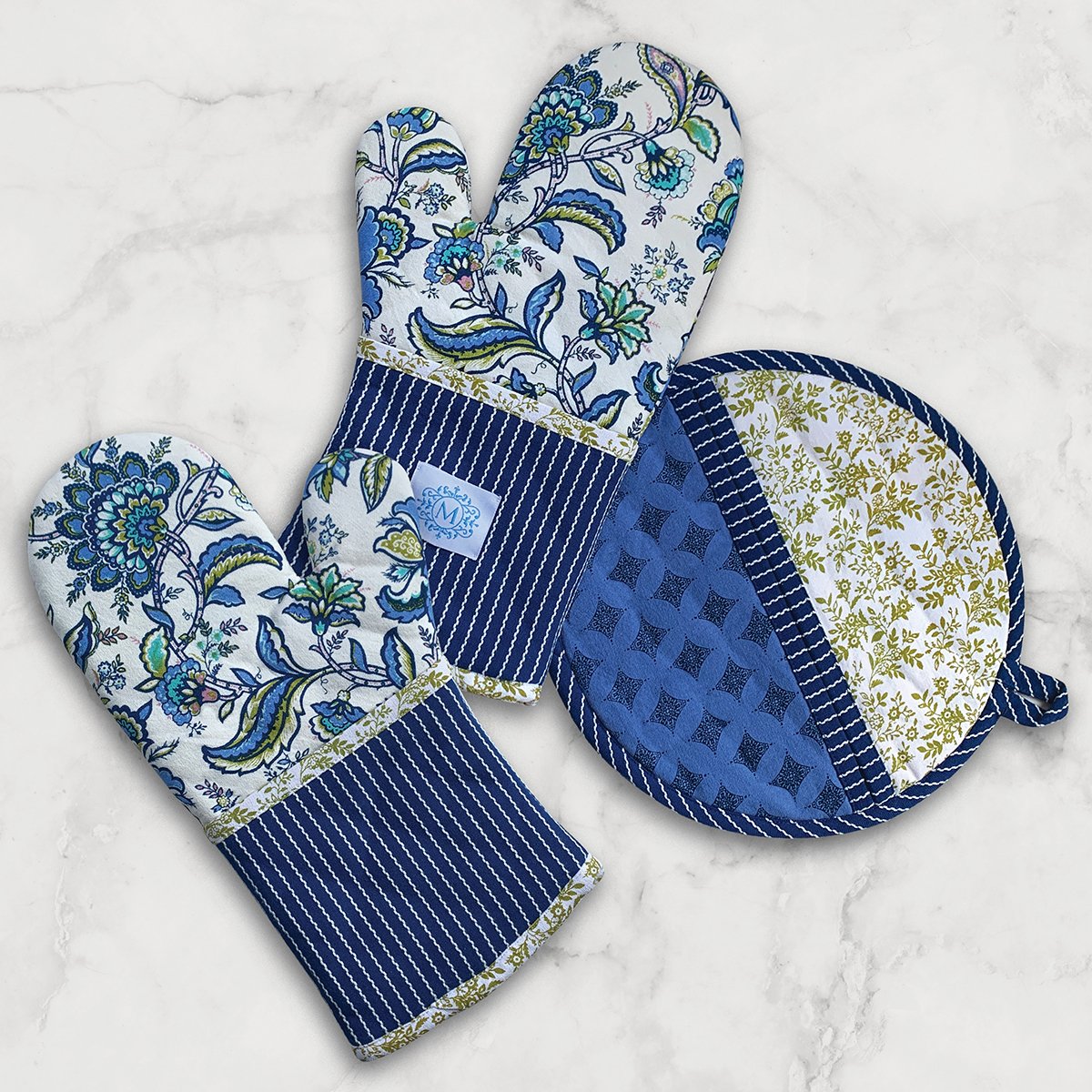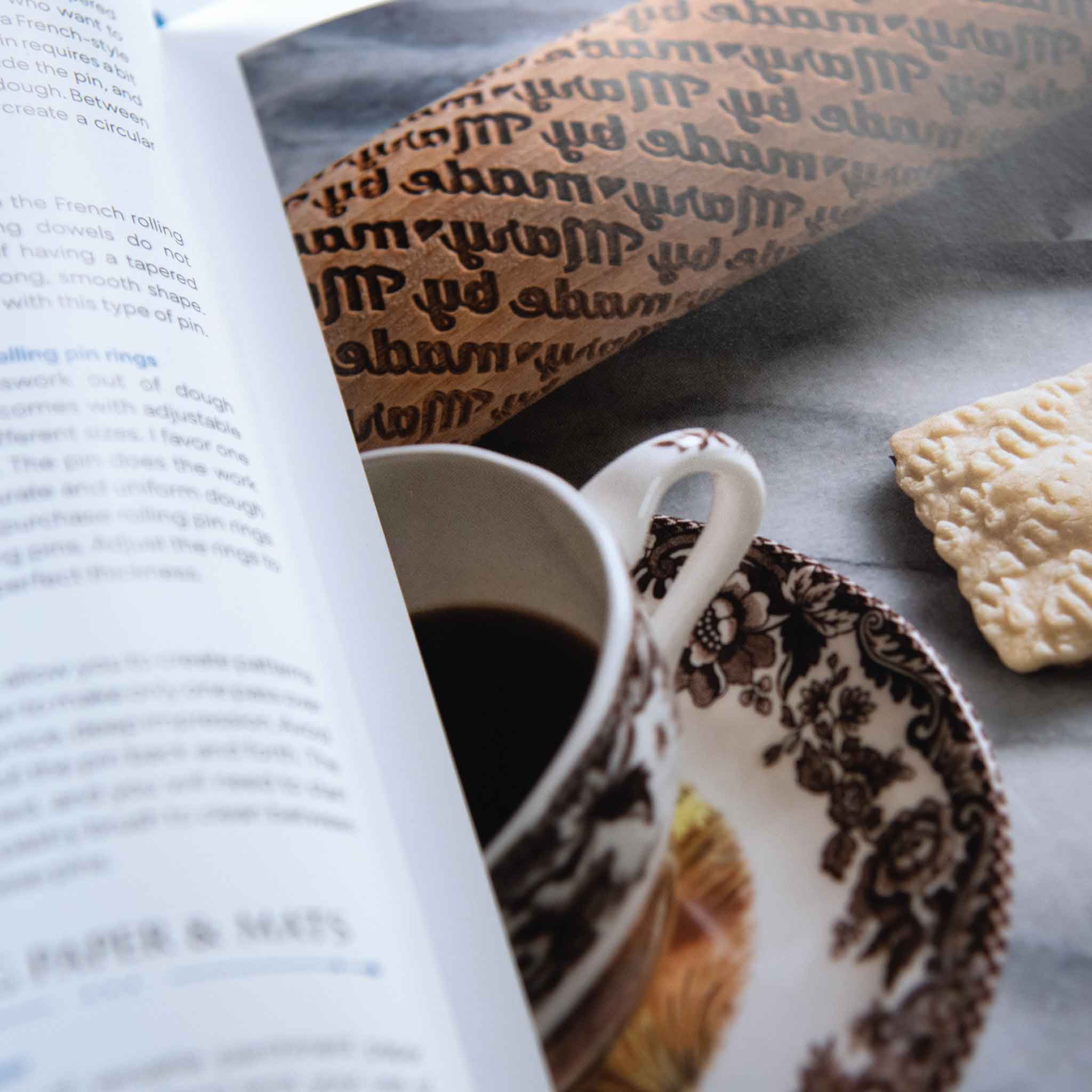Crème Anglaise is a silky and decadent pouring sauce. It can be used as a base for many other pastry sauces, or can be enjoyed as-is drizzled over a huge variety of desserts. I love using this as a topping when I make my homemade panettone recipe, which is perfect for Christmas dinner! It’s also amazing over brownies, chocolate cake, tarts, and fresh fruit.

What is crème anglaise made of?
I make my homemade crème anglaise recipe with half-and-half and vanilla so it’s extra rich and tasty. Although crème anglaise sounds super fancy, it is a simple sauce made with a few staple ingredients: sugar, eggs, and dairy. That’s literally it! With this easy base, you can make a wonderful pouring sauce with hundreds of possible flavor variations.
One easy way to give your crème anglaise a deeper, richer flavor is to add vanilla. I love and highly recommend my cognac barrel-aged madagascar bourbon vanilla extract since a good vanilla extract makes all the difference in taste. And to ring in the holidays, I cannot resist that splash of amaretto! That’s what I’ll talk about in the recipe below.


What is the difference between custard and crème anglaise?
The main difference between custard and crème anglaise is simple: it’s the starch! Although both custard and crème anglaise use a base of sugar, eggs, and milk, custard uses ingredients like flour or cornstarch to stabilize the egg yolks. The addition of flour means you have to cook it so it’s not grainy, incidentally resulting in a much thicker end product. Crème anglaise on the other hand has a thinner pouring consistency. Custard can be used as a filling or a standalone dessert, while crème anglaise is better as a topping or a sauce.
Why is it called crème anglaise?
Crème anglaise is a French term that translates as “English cream.” The French chef August Escoffier was known for simplifying many famous French recipes into popular “English” versions. One of these recipes was crème anglaise where he took the French custard base known as crème française and removed the starch to create a pouring sauce.
Can you make crème anglaise ahead of time and how do you store it?
Yes, you can make creme anglaise 2-3 days ahead of time. Simply let it cool and transfer it to an airtight container (like a mason jar)and keep it in the fridge. You can press a layer of saran wrap onto the surface if you like to prevent a skin from forming. Then when you’re ready, you can serve it cold or at room temperature.
Can you reheat crème anglaise?
Creème anglaise is typically made fresh and served at room temperature. If you reheat it, you risk overcooking the eggs and ruining the texture. I personally would not recommend reheating crème anglaise.
What is crème anglaise used for?
Crème anglaise can be used for a variety of recipes. In fact, it’s probably used in some dishes you’re already familiar with. For example, it’s a popular base for making ice cream! If you’ve ever made ice cream at home, you’ve already made homemade crème anglaise. If you’ve ever dined at a fancy restaurant and they poured a creamy sauce over your dessert, it was most likely a type of crème anglaise. Even complex desserts like mousse and crème brûlée use the same ingredients as a base, though the preparation methods and proportions may vary.
Here’s how to serve homemade crème anglaise and what to serve it with.
Delicious over freshly baked goods like breads or cakes, this easy crème anglaise recipe is perfect for the holiday season. It makes a wonderful companion to my homemade Italian panettone recipe or a homemade holiday pie. Looking for pie inspiration, by the way? Make sure to check out my new cookbook, My Life in Pies: Sweet and Savory Recipes Inspired by Family and Friends.

Crème Anglaise Recipe
Ingredients
- 1 vanilla bean OR 1 teaspoon of Mary’s Cognac Barrel-Aged Vanilla Extract OR 1 teaspoon amaretto
- 2 cups half and half
- 4 large egg yolks
- ⅓ cup sugar
Instructions
- Pour the half and half into a stainless steel saucepan. If you’re using the vanilla bean, split it in half. Scrape the contents of the bean into the half and half, then place the hull into the pot. You want to get every bit of flavor from the vanilla as possible! If you opted for vanilla extract or amaretto, simply add it to the half and half in the pot. Heat to a simmer, then remove from heat.
- While the half and half is simmering, whisk together the egg yolks and sugar in a separate bowl until the yolks lighten in color. This process should take about 2 minutes.
- Slowly add the simmered half and half to the eggs, whisking constantly. Pour the mixture back into the same pot you used earlier. Heat over medium heat until the mixture thickens enough to coat the back of a spoon. You will need to stir the mixture constantly throughout this step to avoid overcooking.
- Remove the pot from the heat and pour the sauce through a fine mesh strainer into a clean bowl. The strainer will remove any bits of cooked egg (and the vanilla bean hull, if you used that). Cool the sauce, then transfer it to a clean mason jar and store it in the refrigerator.































































